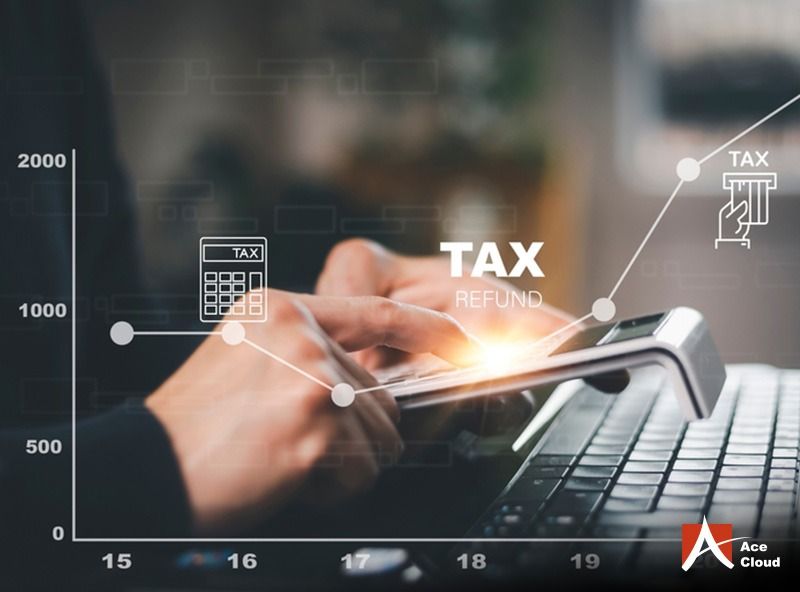1. What Is Income Tax?
Income tax is a tax imposed by governments on individuals or entities (taxpayers) based on their income or profits. It is one of the primary sources of revenue for governments worldwide and helps fund public services like education, healthcare, defense, infrastructure, and welfare programs.
2. Purpose of Income Tax
- The main objectives include:
- Revenue generation for government operations and public services.
- Redistribution of wealth via progressive tax systems.
- Economic regulation by influencing spending and saving behaviors.
- Social policy support, such as incentives for education or retirement savings.
3. Who Pays Income Tax?
- Individuals
- Corporations
- Partnerships
- Trusts and estates
- Self-employed persons or freelancers
In some countries, there are non-taxable income brackets to ensure low-income earners are exempt or taxed minimally.
4. Types of Income Tax
a. Personal Income Tax (PIT)
- Often progressive—higher incomes are taxed at higher rates
b. Corporate Income Tax (CIT)
- Usually has a flat or tiered rate.
- Includes rules on deductions, depreciation, and transfer pricing.
c. Capital Gains Tax
- Taxed on the profit from selling assets like stocks, property, or businesses.
- May be short-term (higher tax) or long-term (lower tax) depending on the holding period
d. Dividend and Interest Tax
- Tax on passive income from investments.
- Sometimes withheld at the source.
e. Withholding Tax
- Deducted at the source of income, especially for cross-border payments.
5. Income Tax Structure
Income tax systems vary across countries but typically involve:
a. Taxable Income
This is the gross income minus allowable deductions and exemptions. It may include:
Wages and salaries
Business income
Capital gains
Dividends and interest
Rental income
b. Deductions
- Retirement contributions
- Health expenses
- Charitable donations
- Mortgage interest
- Education expenses
c. Tax Credits
Directly reduce tax liability. Examples:
- Child tax credit
- Education credit
- Renewable energy credit
- advance tax due dates

d. Tax Rates
- Progressive: Higher income = higher rate (e.g., 10%, 20%, 30%…)
- Flat: Single rate for all income levels.
- Regressive: Rare in income tax but can apply in other systems like sales tax.
6. Filing and Compliance
a. Tax Returns
- Annual declarations of income, deductions, and tax liability.
- Must be filed by individuals and corporations.
b. Deadlines
- Vary by country (e.g., April 15 in the U.S., July 31 in India for individuals).
c. Penalties
Late filing, underreporting, or evasion can lead to fines, interest, or criminal charges.
7. International Aspects
a. Double Taxation
Occurs when income is taxed in two countries. Resolved through:
- Double Tax Avoidance Agreements (DTAAs)
- Foreign Tax Credits
b. Transfer Pricing
Regulates pricing of transactions between related international entities to prevent profit shifting.
c. Global Minimum Tax
Efforts by the OECD to implement a global minimum corporate tax to curb tax base erosion. tax changes 2025
8. Tax Planning vs. Tax Evasion
- Tax Planning: Legal strategies to minimize tax (e.g., using deductions, retirement plans).
- Tax Avoidance: Technically legal but often seen as unethical.
- Tax Evasion: Illegal actions like hiding income or falsifying records
9. Digital and Modern Developments
- E-filing and digital tax systems for ease and transparency.
- AI and Big Data used by tax authorities for audits and fraud detection.
- Cryptocurrency taxation is an emerging area, often under stricter scrutiny.
10. Challenges in Income Tax Systems
- Tax evasion and black money
- Complexity of laws
- Inefficiency in collection and audits
- Global tax competition
- Fairness in taxing digital and gig economy
11. Components of a Personal Income Tax System
Let’s break down key terms and how they fit together:
a. Gross Income
Total income before deductions, including:
- Salary and wages
- Bonuses
- Business income
- Capital gains
- Rental income
- Royalties
- Dividends and interest
- income tax calculator
b. Adjusted Gross Income (AGI)
- Gross income minus specific adjustments (e.g., student loan interest, IRA contributions)
- Often used to determine eligibility for tax credits or further deductions tax brackets USA
c. Taxable Income
- AGI minus deductions (standard or itemized)
- Final amount on which income tax is calculated
d. Marginal Tax Rate vs. Effective Tax Rate
- Marginal rate: Rate on the last dollar earned income tax deadline 2025
- Effective rate: Total tax paid ÷ total income (usually lower than marginal rate)
12. Special Income Tax Topics
a. Alternative Minimum Tax (AMT)
- Ensures high-income individuals/corporations pay a minimum tax
- Disallows certain deductions to prevent aggressive tax sheltering income tax rates
b. Self-Employment Tax
- Covers Social Security and Medicare contributions for freelancers and small business owners
- Often higher than employee contributions due to no employer match
c. Taxation of Retirement Income
- Pensions, social security, and retirement account withdrawals may be partially or fully taxable
- Some countries offer tax relief on retirement savings (e.g., 401(k), PPF)
Would You Like More?
I can also show:
- Sample tax calculations
- Income tax by profession or sector
- Country-specific tax rules
- Tax-saving strategies (legitimate/legal)



